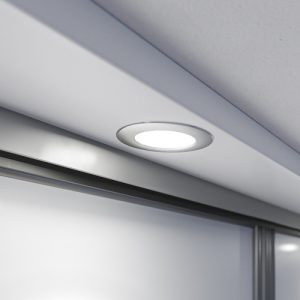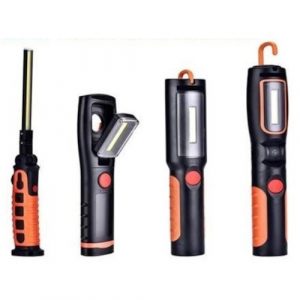Automotive lighting plays a crucial role in vehicle safety and functionality. From headlights to brake lights, these components ensure visibility and communication on the road. Headlights illuminate the path ahead, enhancing driver visibility during nighttime driving and adverse weather conditions. Fog lights provide additional clarity in foggy or misty weather, reducing the risk of accidents.
Tail lights and brake lights are essential for signaling intentions to other drivers. They indicate when a vehicle is slowing down or stopping, promoting safe driving practices. Turn signals alert nearby vehicles and pedestrians about upcoming turns or lane changes, enhancing overall road safety.
Interior lighting enhances driver and passenger comfort. Cabin lights illuminate the interior for easy visibility of controls and passenger activities at night. Additionally, ambient lighting adds a touch of elegance and enhances the overall driving experience.
LED technology has revolutionized automotive lighting. LED headlights offer brighter illumination, longer lifespan, and energy efficiency compared to traditional halogen bulbs. They contribute to reduced power consumption and lower maintenance costs for vehicle owners.
Lighting accessories such as LED strips and underbody lights allow drivers to customize their vehicles’ appearance. These accessories not only add style but also improve visibility and safety, especially in low-light conditions.
Regular maintenance and replacement of automotive lighting ensure optimal performance and safety. Checking bulbs, lenses, and wiring for damage or wear helps prevent malfunctions that could compromise visibility on the road.
In conclusion, automotive lighting serves critical functions in enhancing safety, visibility, and style for vehicles. From headlights to interior lights, each component plays a vital role in ensuring a smooth and secure driving experience. Investing in quality lighting solutions improves both vehicle aesthetics and road safety.


